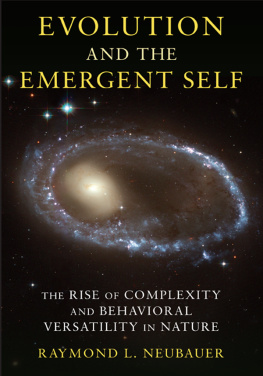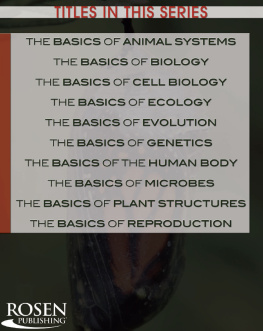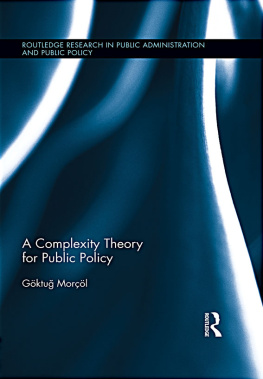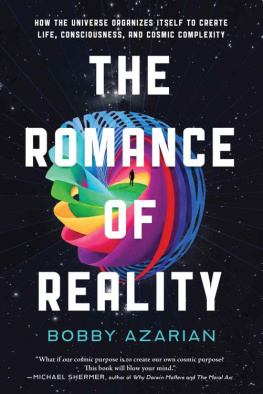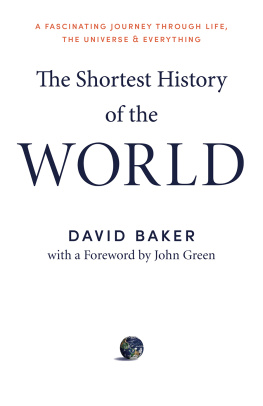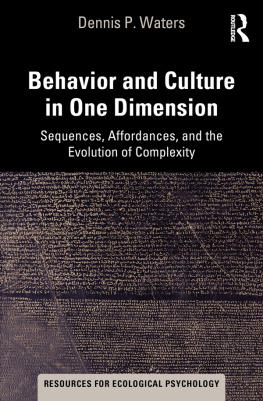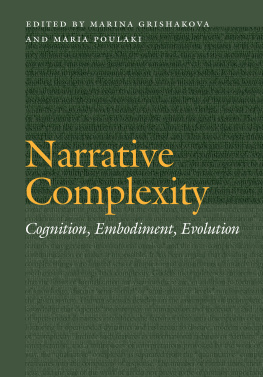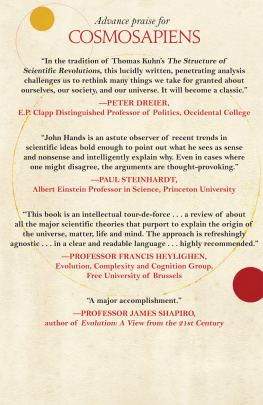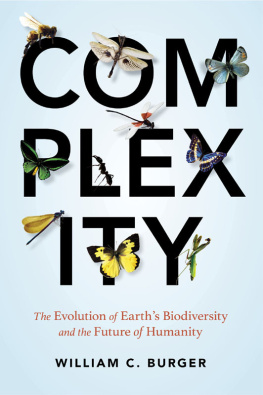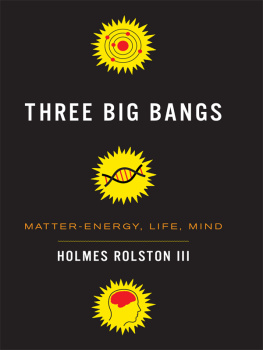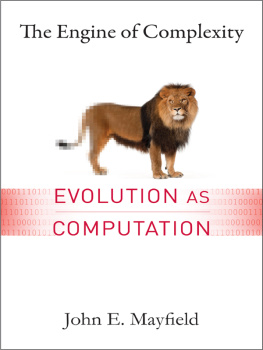Evolution and the Emergent Self
EVOLUTION
AND THE
EMERGENT
SELF
The Rise of Complexity and Behavioral Versatility in Nature
RAYMOND L. NEUBAUER
Illustrations by Xuan Yue

Columbia University Press / New York
Columbia University Press
Publishers Since 1893
New York Chichester, West Sussex
cup.columbia.edu
Copyright 2012 Columbia University Press
All rights reserved
E-ISBN 978-0-231-52168-0
Library of Congress Cataloging-in-Publication Data
Neubauer, Raymond L., 1942
Evolution and the emergent self : the rise of complexity and behavioral versatility
in nature / Raymond L. Neubauer ; illustrations by Xuan Yue.
p. cm.
Includes bibliographical references and index.
ISBN 978-0-231-15070-5 (cloth : alk. paper)ISBN 978-0-231-52168-0 (e-book)
1. Human evolution. 2. Human behavior. 3. Behavior evolution. 4. Social evolution. 5. Animal behaviorEvolution. 6. Evolution (Biology) I. Title.
GN281.N45 2012
599.938dc22
2011012708
A Columbia University Press E-book.
CUP would be pleased to hear about your reading experience with this e-book at .
References to Internet Web sites (URLs) were accurate at the time of writing. Neither the author nor Columbia University Press is responsible for URLs that may have expired or changed since the manuscript was prepared.
To Eva,
with gratitude for the love
and encouragement over the years
Contents
We stand at the verge of an unprecedented understanding of our place in nature. With the latest particle accelerator, we can probe energies that existed less than a microsecond after the Big Bang, and with our current telescopes, we can peer 13.2 billion light-years into a universe estimated to be about 13.7 billion years old. We have now sequenced the human genome entirely and are rapidly sequencing other species so that we can put together a full evolutionary story of life on this planet.
The universe revealed by modern science is one of continual change. The cosmos continues to expand from the cosmic fireball that began our universe, galaxies are condensing within vast clouds of dust and gas, stars are turning in the eddies of the galaxies, and planets have now been found in orbit around many stars. Even the land under our feet is shifting continually through plate tectonics. Within this universe of change, life as we know it on this planet exists within fairly narrow limits, not much beyond the boiling and freezing points of water. To survive, life must build an inner world that stays adjusted to change around it, and it does so with two main information systems: genes and brains. With base pairs of DNA and synapses between neurons, life is able to record information and build up responses that allow it to survive fluctuations in the environment. Genes, of course, came first and remain the main way information is passed from one generation to the next in most species. Nervous systems did not arrive until the most recent 15 percent of the history of life on Earth, when animal body plans got under way in a period known as the Cambrian explosion. Nervous systems can respond more quickly to change than genes, and with the arrival of humans, language and culture greatly expanded the amount of information that could be transferred from one generation to the next. The unprecedented dominance and control our species now exercises on the planet are testimony to the power of information to cope with the forces of nature.
In this book, I propose to look at life through two paradigm strategies of using information. In the first, life builds short programs in genes, brains, or both that can develop quickly. They require little parental investment per organism and have a fairly limited repertoire of behavior, and many individuals may be expended to find the few best suited to survive in prevailing conditions. Alternatively, life builds programs of higher information content in genes and/or brains that have a wide range of behavioral responses to environmental change. These more complex programs tend to take longer to develop and require a high investment per individual by parents. In , I give a more precise definition of information content in genes and brains in terms of information bits, and I describe an increase in both systems over evolutionary time.
Humans clearly have taken the high-information road, but in , I describe hierarchical circuits in the brain that might make these higher levels of objectivity possible.
In the last chapters of the book I consider the growth of information and complexity from a cosmic perspective. The universe began in a uniform plasma of high energy that quickly differentiated into subatomic particles and atoms of the simplest elements. Heavier elements were cooked in the nuclear fires of the first stars, which flung this material into space in their death throes. This, in turn, made the first rocky planets possible. In , on energy flows, covers Chaissons ideas in relation to the concepts of complexity and entropy.
Life and intelligence have happened on this planet. How unlikely are we? There are many reasons to think that the appearance of life is an entirely natural process, likely to occur in the right set of conditions. Life may even be one of the natural states of matter, a self-organizing structure that appears at energy gradients with the right set of raw materials. We are still far from understanding the full complexity of the origin of life, but covers modern research that has traced many of the basic components of cells back to simple beginnings. Life makes use of the most abundant elements seeded into space by stars at the end of their lifetimes.
Conditions for the appearance of life may also be widespread across the universe. By February 2011, planet hunters had located about 525 planets outside our solar system. Then came the announcement that Kepler, the latest space telescope launched by the National Aeronautics and Space Administration (NASA), had located 1,235 more candidate planets, 356 of which are twice Earth-size or smaller. Fifty-four of these are in the habitable zone around their star. deals with the prospects for habitable worlds around other stars.
For much of the twentieth century and its surrounding eras, the spirit of science often seemed to be dehumanizing. It appeared to emphasize an impersonal world of swirling atoms that had no connection to human yearnings and hopes. The theme of alienation was sounded early during the Industrial Revolution by Matthew Arnolds Dover Beach (1867), with its depiction of a world that Hath really neither joy, nor love, nor light, / Nor certitude, nor peace, nor help for pain.
This mind-set was codified in modern times by existentialism in the work of people such as Jean-Paul Sartre and Albert Camus. But it is a strange notion, really, that humanity, a product of nature, should feel alienated from the process that produced it. Our current understanding of evolution is that behavior as much as physiology is molded by natural selection. Why then, should it produce a mind that is despairing and alienated from the process that created it? Are humans an aberration, or is our culture unnatural? No bees search for a nectar that does not exist. Why should people have a need for meaning that is not there?
The universe uncovered by the latest science may be a garden rather than an existential desert. Life may be springing up in solar systems scattered all over the cosmos. Intelligence may be a major theme of evolution wherever it has had time enough to play out its possibilities. As I will describe in the following chapters, a high-information pathway is one of the basic strategies of life, and it leads repeatedly to an emergent self: a consciousness that seeks to express itself in complex communication and social relations, with intricate manipulation of its environment. This may be a universe
Next page
